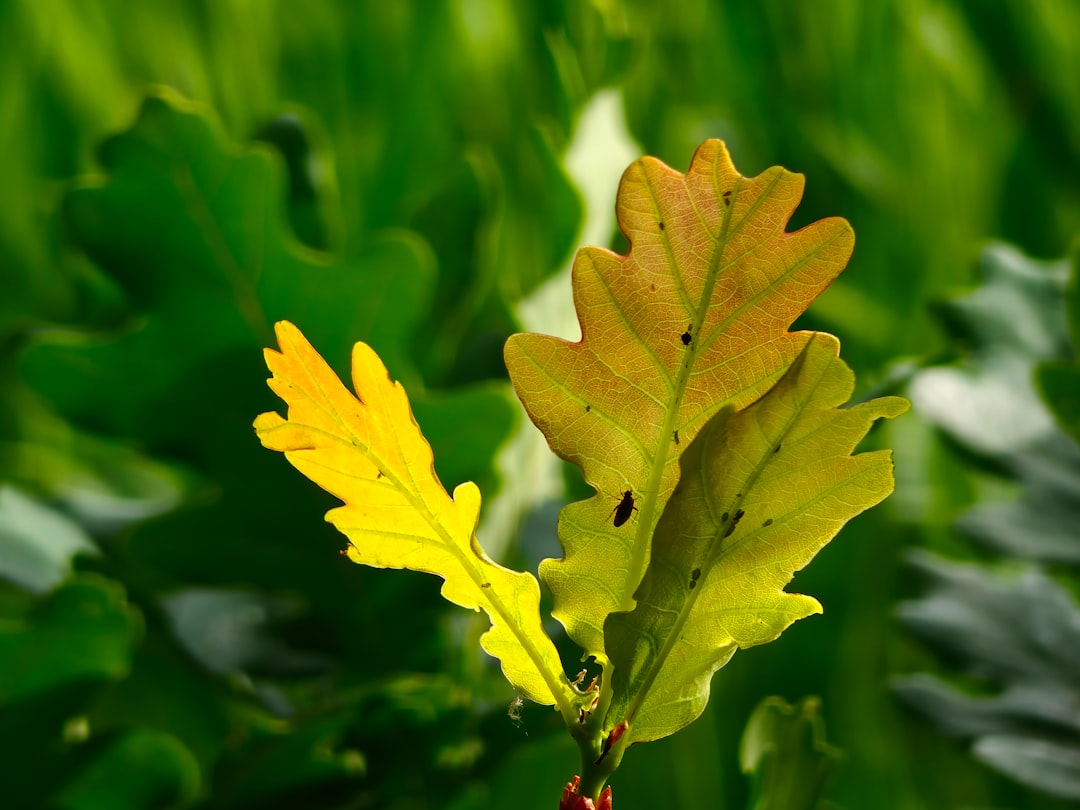Elevating Rooftop Gardens: The Resilient Plants That Thrive Against the Odds

In the realm of garden design, rooftop gardens have emerged as a captivating and innovative solution, offering a unique blend of beauty and functionality. Amidst the urban sprawl, these elevated oases provide a breath of fresh air, literally and figuratively. They not only enhance the aesthetic appeal of buildings but also contribute to environmental sustainability by reducing heat island effects, improving air quality, and providing habitat for wildlife.
However, creating a successful rooftop garden is no easy feat. The harsh growing conditions at higher elevations, such as strong winds, intense sunlight, and limited soil depth, pose significant challenges for even the most experienced gardeners. But fear not, for there are a select group of plants that have adapted to these tough conditions and thrive on rooftops.
### Groundcovers: The Foundation of Rooftop Gardens
Groundcovers are an essential component of any rooftop garden. They help to stabilize the soil, reduce erosion, and provide a lush, green carpet that adds visual interest. One of the best groundcovers for rooftops is sedum. These succulent plants are known for their ability to store water in their leaves, making them highly drought-tolerant. They come in a variety of colors and textures, from low-growing varieties like Sedum acre to taller, more upright varieties like Sedum spectabile. Another great option is thyme. This aromatic herb is not only beautiful but also edible. It has small, fragrant leaves that release a pleasant scent when crushed. Thyme is also drought-tolerant and can withstand foot traffic, making it a great choice for areas where people will be walking.
### Shrubs: Adding Structure and Color
Shrubs are a great way to add structure and color to a rooftop garden. They can be used as focal points, hedges, or to create privacy. One of the best shrubs for rooftops is lavender. This fragrant plant is known for its beautiful purple flowers and its ability to attract bees and butterflies. Lavender is also drought-tolerant and can withstand full sun. Another great option is boxwood. This evergreen shrub is known for its dense, compact growth habit and its ability to be pruned into a variety of shapes. Boxwood is also relatively low-maintenance and can tolerate a wide range of soil conditions.
### Small Trees: Reaching for the Sky
Small trees can add height and drama to a rooftop garden. They can be used as focal points, shade trees, or to create a sense of enclosure. One of the best small trees for rooftops is Japanese maple. This beautiful tree is known for its delicate foliage and its ability to change color in the fall. Japanese maple is also relatively slow-growing and can be kept small with regular pruning. Another great option is dwarf citrus trees. These trees are not only beautiful but also produce delicious fruit. Dwarf citrus trees are relatively easy to care for and can be grown in containers on a rooftop.
### Designing Your Rooftop Garden
When designing a rooftop garden, it's important to consider the specific growing conditions of your site. Make sure to choose plants that are well-suited to the amount of sunlight, wind, and soil depth available. It's also important to consider the overall style and theme of your garden. Do you want a formal garden with neatly trimmed hedges and geometric shapes? Or do you prefer a more naturalistic garden with meandering paths and wildflowers?
Once you've chosen your plants, it's time to start planting. Make sure to prepare the soil properly by adding organic matter and fertilizer. When planting, make sure to space the plants appropriately to allow for growth. Water the plants regularly, especially during the first few weeks after planting.
### Maintenance: Keeping Your Rooftop Garden Thriving
Maintaining a rooftop garden requires regular care and attention. Make sure to water the plants regularly, especially during dry periods. Fertilize the plants every few months to keep them healthy and growing. Prune the plants as needed to maintain their shape and size. And keep an eye out for pests and diseases, and take appropriate action if necessary.
In conclusion, rooftop gardens are a wonderful way to add beauty and functionality to your home or business. By choosing the right plants and following these tips, you can create a thriving rooftop garden that will provide years of enjoyment. So, what are you waiting for? Start planning your rooftop garden today!